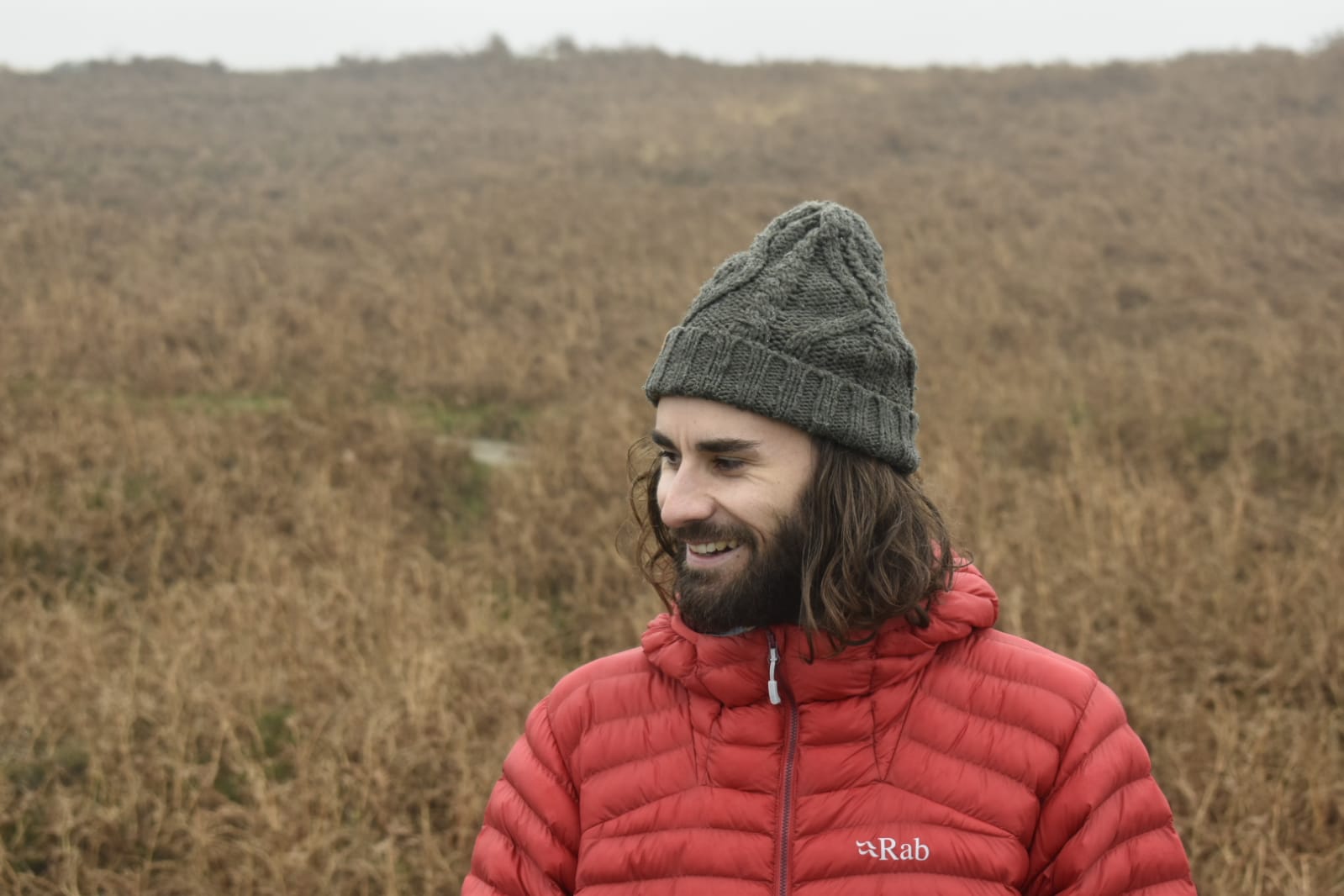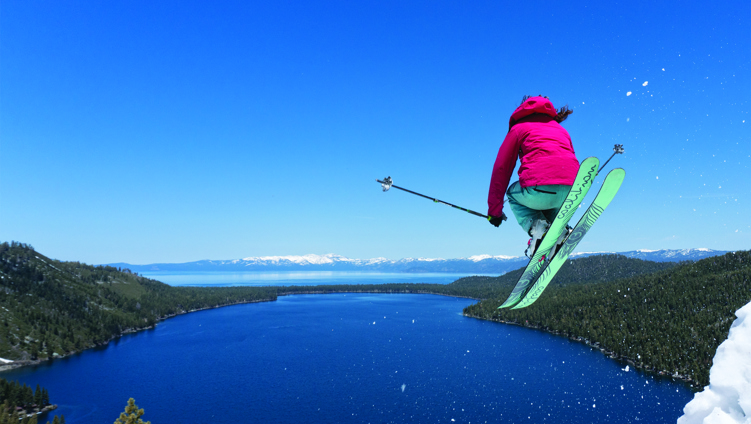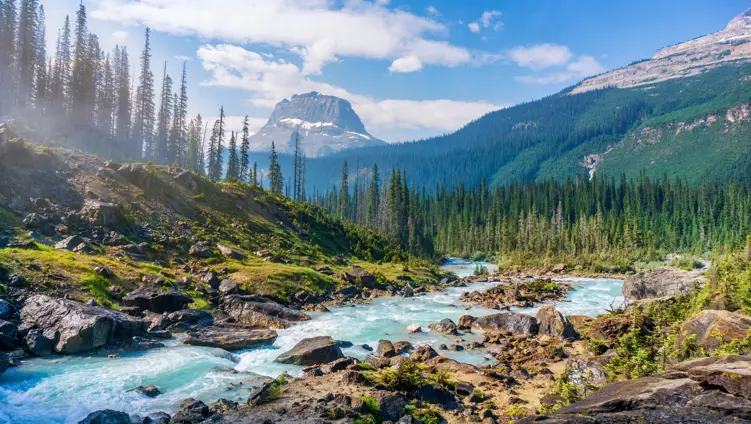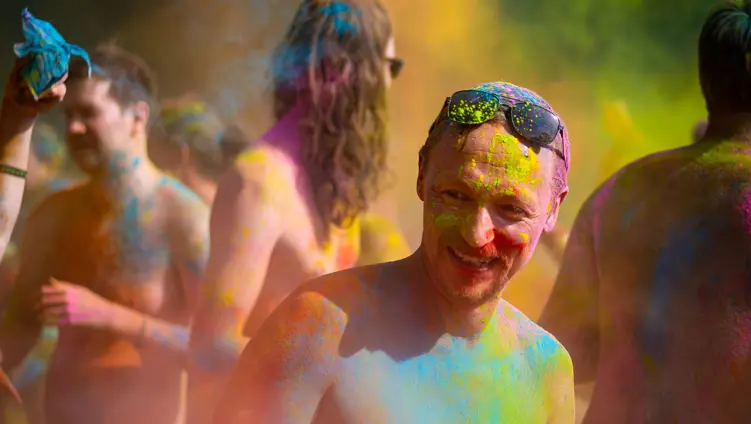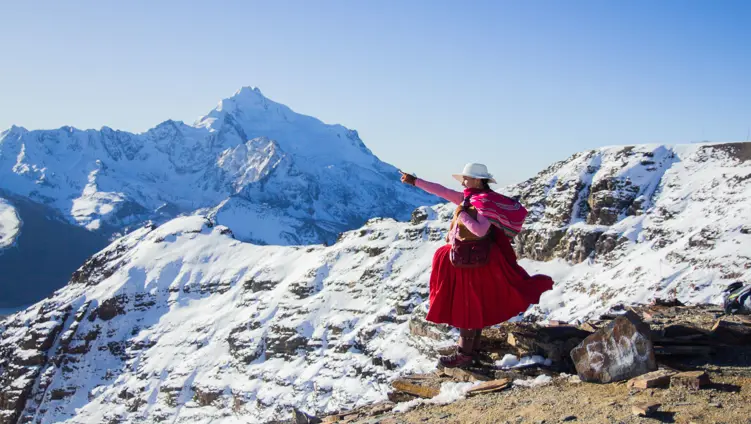Published on 11th November 2019
“I’m trying to connect readers and writers — that’s really all I do,” says Amanda Lewis of her editorial work, quickly dispelling any idea she simply corrects grammar. “I’m advocating on behalf of that invisible reader. What is bothering them? What keeps them up at night?”

